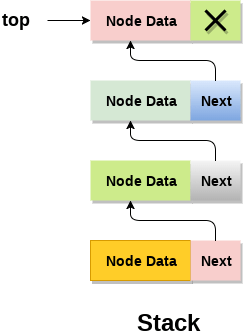

Implementation details of authenticating users and gaining access to Google APIs. Google and third parties provide libraries that you can use to take care of many of the So it does not include branding information that would be set in the Google Drive scopes are present in the request. The following consent dialog shows what a user would see when a combination of OAuth 2.0 and

You request access to this information using the The user logs in, they might be asked to give your app access to their email address and basicĪccount information. Customize the user consent screenįor your users, the OAuth 2.0 authentication experience includes a consent screen thatĭescribes the information that the user is releasing and the terms that apply. If there is no OAuth 2.0 client IDs section on the Credentials page, then your project has In the OAuth 2.0 client IDs section of the page, click a credential.To create, view, or edit the redirect URIs for a given OAuth 2.0 credential, do the Where Google sends responses to your authentication requests. The redirect URI that you set in the API Console determines Your client ID and secret are at the top of the page.

Click the name of your credential or the pencil ( create) icon.Or, view your client ID and client secret from the Credentials page in In the window that opens, choose your project and the credential you want, then To view the client ID and client secret for a given OAuth 2.0 credential, click the followingĬredential. You need OAuth 2.0 credentials, including a client ID and client secret, to authenticate users You can also use theĪPI Console to create a service account, enable billing, set Must set up a project in the Google API Console to obtain OAuth 2.0Ĭredentials, set a redirect URI, and (optionally) customize the branding information that your Library that is built on the OpenID Connect protocol and provides OpenID Connect formattedīefore your application can use Google's OAuth 2.0 authentication system for user login, you We recommend using Google Identity Services, our sign-in client Note: If you want to provide a "Sign-in with Google" button for your website or app, If you want to explore this protocol interactively, we This documentĭescribes our OAuth 2.0 implementation for authentication, which conforms to theĭocumentation found in Using OAuth 2.0 to Access GoogleĪPIs also applies to this service. Google's OAuth 2.0 APIs can be used for both authentication and authorization.


 0 kommentar(er)
0 kommentar(er)
